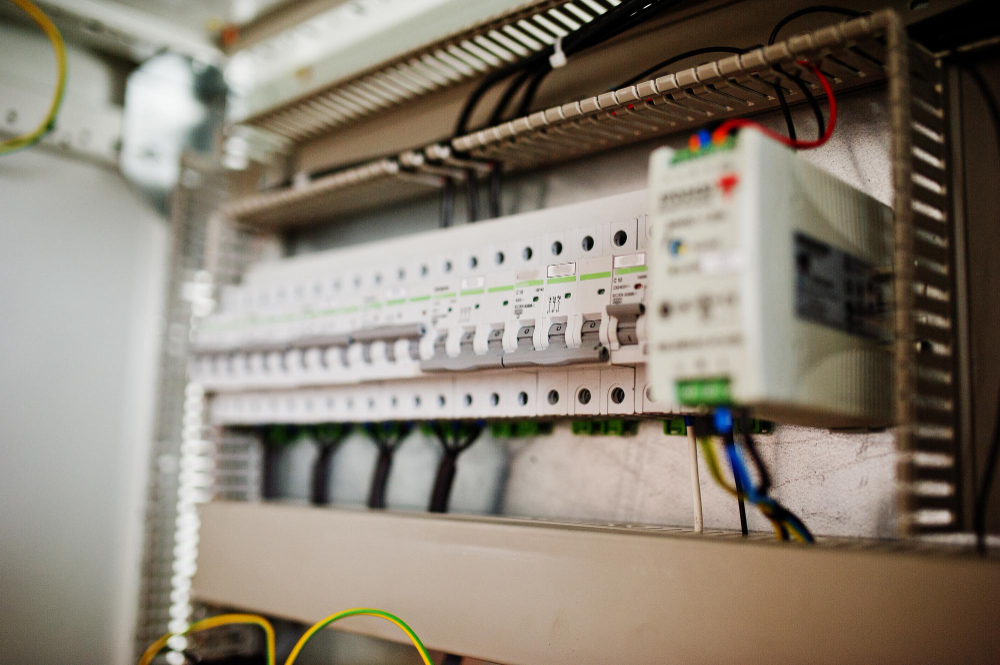A Comprehensive Guide to Reading the Circuit Breaker Panel

Electricity is an essential aspect of our daily lives, and every homeowner must have a fundamental understanding of electrical systems to avoid potential hazards. The circuit breaker panel, also known as the electrical panel, is a vital component of your home's electrical system. Understanding how the panel works and how to read it correctly can help you identify issues, troubleshoot problems, and maintain a safe home. In this guide, we'll take a closer look at circuit breakers, help you understand how to read your panel, and provide some tips to keep your home's electrical system secure.
1. Understanding Circuit Breakers
The circuit breaker is an electrical switch designed to safeguard your home’s electrical circuits from potential damage by tripping when overloaded. It’s an essential component of your electrical power system that prevents electrical fires and other hazards. Understanding how circuit breakers work is simple. When electricity flows through a circuit, it generates heat. An overloaded circuit can overheat, which can result in a fire. Circuit breakers help to control electrical flow by tripping when the current surpasses its rating, resulting in a blackout.
2. Types of Circuit Breaker Panels
There are two types of panels that are typically found in residential homes: the main breaker panel and the sub-panel. The main breaker panel houses the primary circuit breakers for your entire house while the sub-panel is separate and located away from the main panel. The sub-panel connects to the main panel and houses other electrical circuits throughout your home.
3. Reading the Circuit Breaker Panel
The circuit breaker panel consists of switches, circuit breakers, and wiring that are labeled. Reading the panel to identify circuits and tripped circuit breakers is an essential step in troubleshooting electrical problems. Start by locating the main breaker switches, which will likely be located at the top of the panel. These switches control the power to your entire home. To read the panel, each breaker switch must be labeled to identify each circuit. To locate a tripped circuit, look for a breaker switch that’s out of alignment with the others.
4. Tips for Keeping Your Electrical System Safe
Maintaining a safe home begins with safety measures and checkpoints. Check your circuit breaker panel regularly to ensure all circuit breakers are appropriately labeled and tightened. Be sure to update the panel's labels as necessary to reflect any changes made to the electrical system. Avoid overloading your circuits by balancing your electrical load throughout your house. Also, in the case of electrical problems, never attempt to fix it yourself. Hire a professional electrician to ensure your safety and security.
Conclusion
As a homeowner, understanding your electrical system and how to read your circuit breaker panel is crucial to maintaining a safe home. Knowing how circuit breakers work, the types of breaker panels available, and reading the panel itself are essential skills every homeowner should learn. Keeping your electrical system safe is as simple as performing routine checks, maintaining proper load balancing, and avoiding DIY repairs. At Spectrum Electric Inc, we take pride in providing expert electrical services. If you're looking for electricians in Apopka, FL, contact us to schedule an appointment today and let us help keep your home's electrical system running safely.
